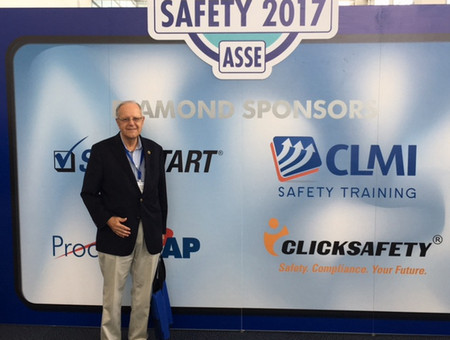I have been trying to understand why the number of people getting hurt and killed at work is not getting better.
According to the Bureau of Labor Statistics, since 2017 the number of people being killed at work is averaging about 5,130 a year, with no sign of improvement and the injury frequency rate is stuck at about 2.7 for that period.
There is a lot of effort being put into trying to improve safety with the global effort totaling about $20,000,000,000 being spent for services, regulation, equipment, trade associations, etc. This is a huge industry; I call it “Big Safety.” Why isn’t Big Safety making more progress in reducing the number of people getting hurt and killed? These are real people and their families that are suffering so much.
I have been getting some help from Kerry Turner and Marc Pierson in looking at the safety work from a systems perspective. The safety system is huge with many factors at play. The systems approach is helpful in being able to see the whole system, the various components, how they interact, find key points where changes can be made.
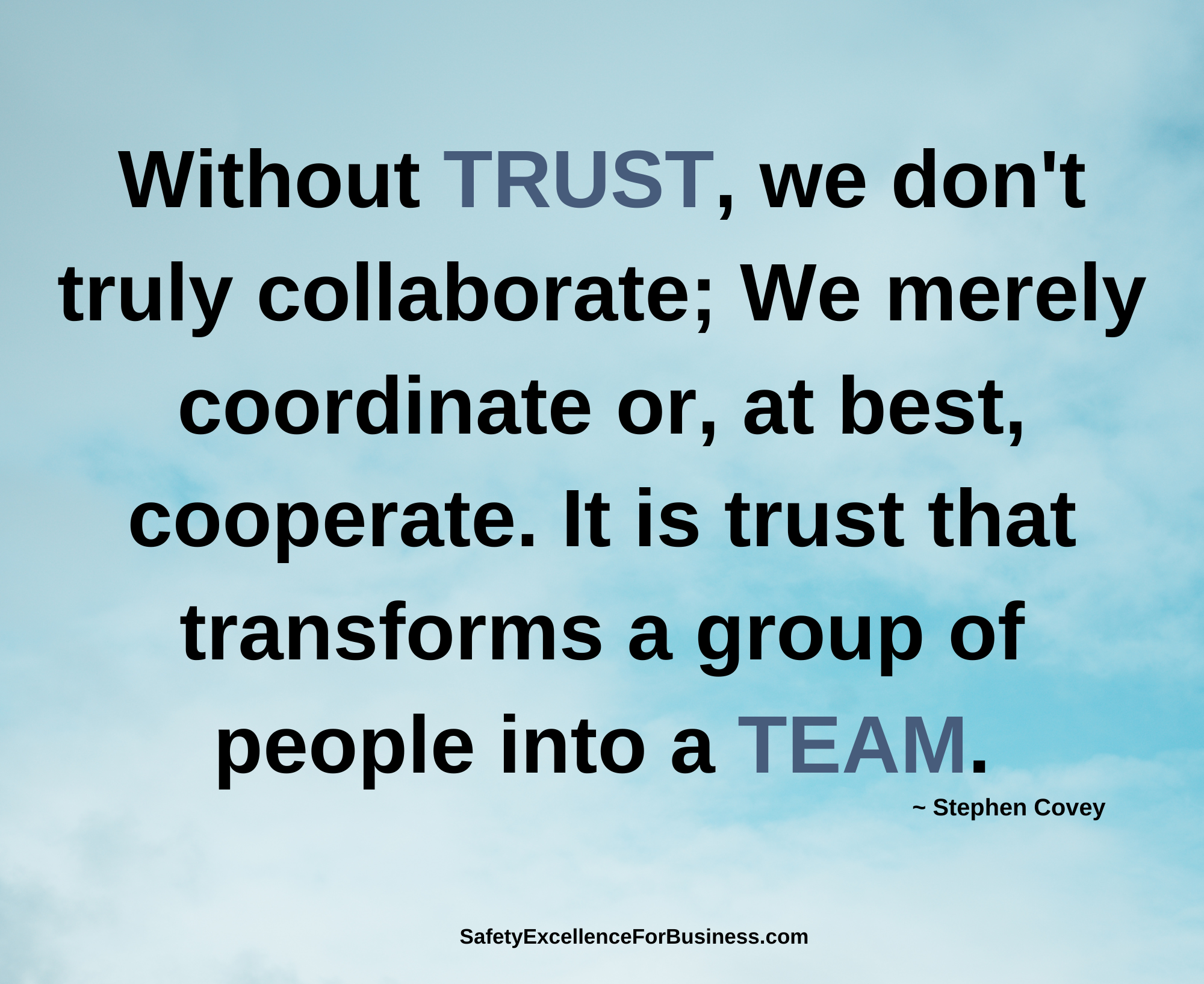
One thing that I have seen is that injuries and incidents are local events, and it is hard for Big Safety to know what really happened in detail. What it offers often does not fit quite right and comes across to the people as “the Flavor of the Month.” The people doing the work have little confidence in what the offerings provide so they often do not stick very well.
Another thing that I have noticed is that the consultants coming out of Big Safety often are seen as “experts” and come into the organization to fix the people rather than teaching the people how to solve their own problems. This weakens the people and tends to disempower them. This is a lot like Big Government coming into a local community to fix a problem when they do not know the people or much about the real nature of the problem they are coming in to fix.
In studying the Safety System, it becomes obvious that trust is a central feature that is often missing when Big Safety comes into the organization. There has been a lot written about the importance of trust, and in using a systems approach, trust really emerges as the central feature that needs to be in place before much progress in improving safety performance can take place. Real progress requires the energy, creativity and commitment of the people doing the work. This is a gift that people will give if they have trust in the other people and feel safe in opening up to meet the safety challenges.
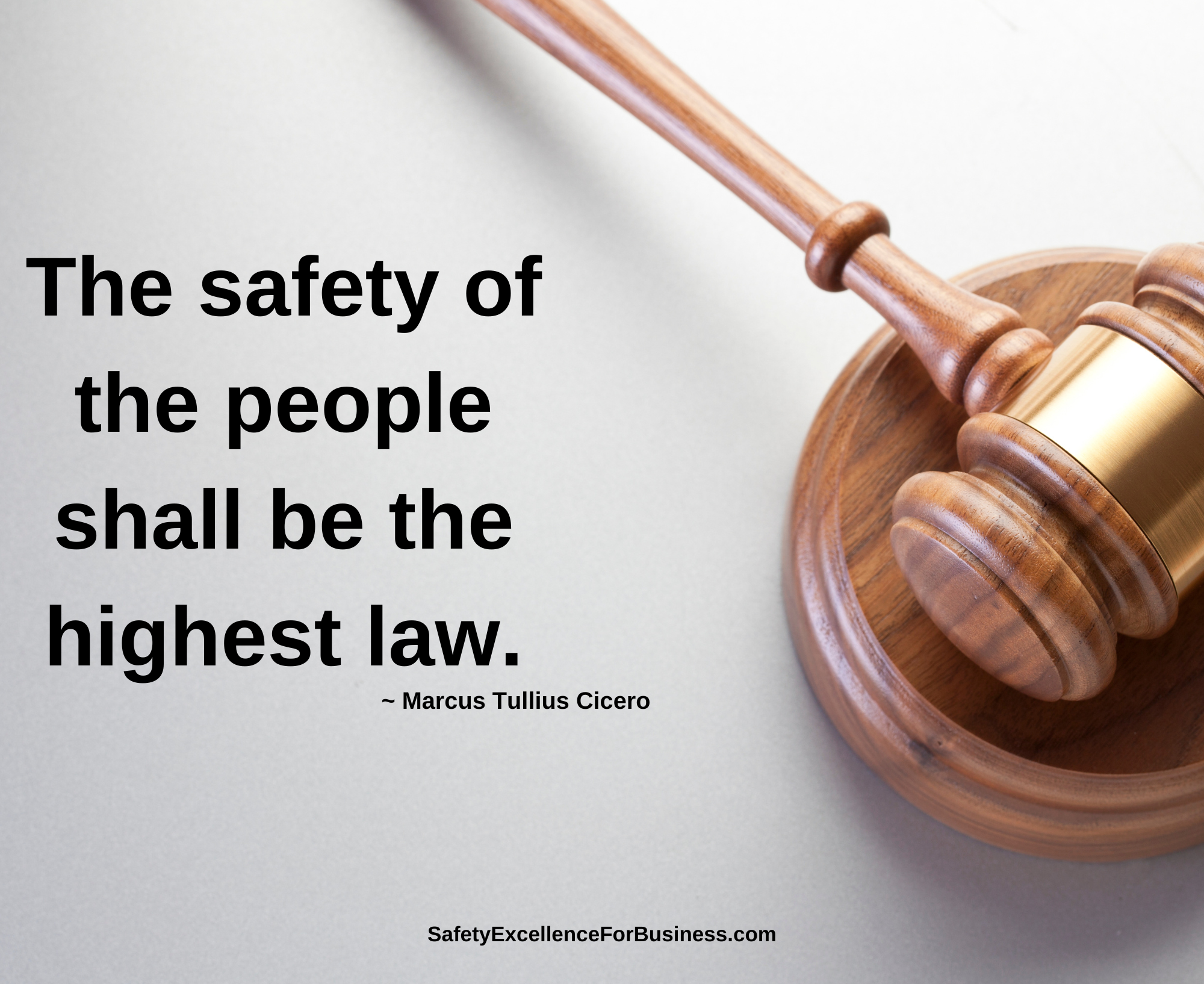
A Suggested Approach to Building Trust
Perhaps when a consultant comes into an organization to work on a safety issue, they come into the organization 2-3 days before their planned work begins and walk into the facility among the people to get acquainted with them. Talk with the people, listen to their concerns, and discover what the real problems are that are causing the need for improved performance. Talk about their work with them and find out what they need so they can work more safely and effectively.
Open yourself up to their questions and concerns about you. Creating a safe space where they can talk with you is an important step in building trust with the people. Then the consultant needs to reflect on all that was learned and see how their knowledge and skills can be used to help the people to solve their problems. Don’t try to solve their problems for them or fix them. Rather teach them how to solve their own problems.
I have found that this approach works very well in helping to get to know the people, the issues, and to begin to build trust.
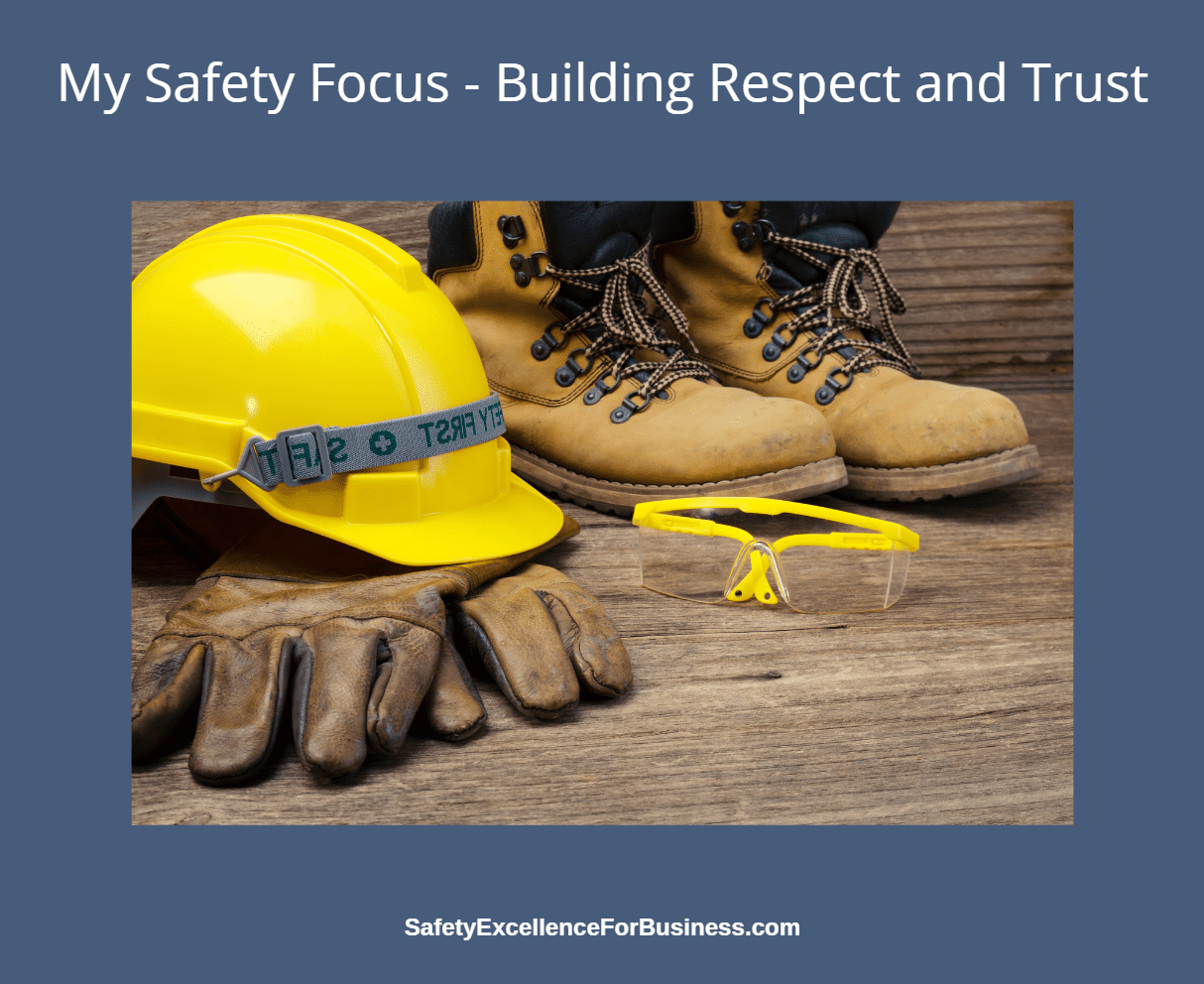
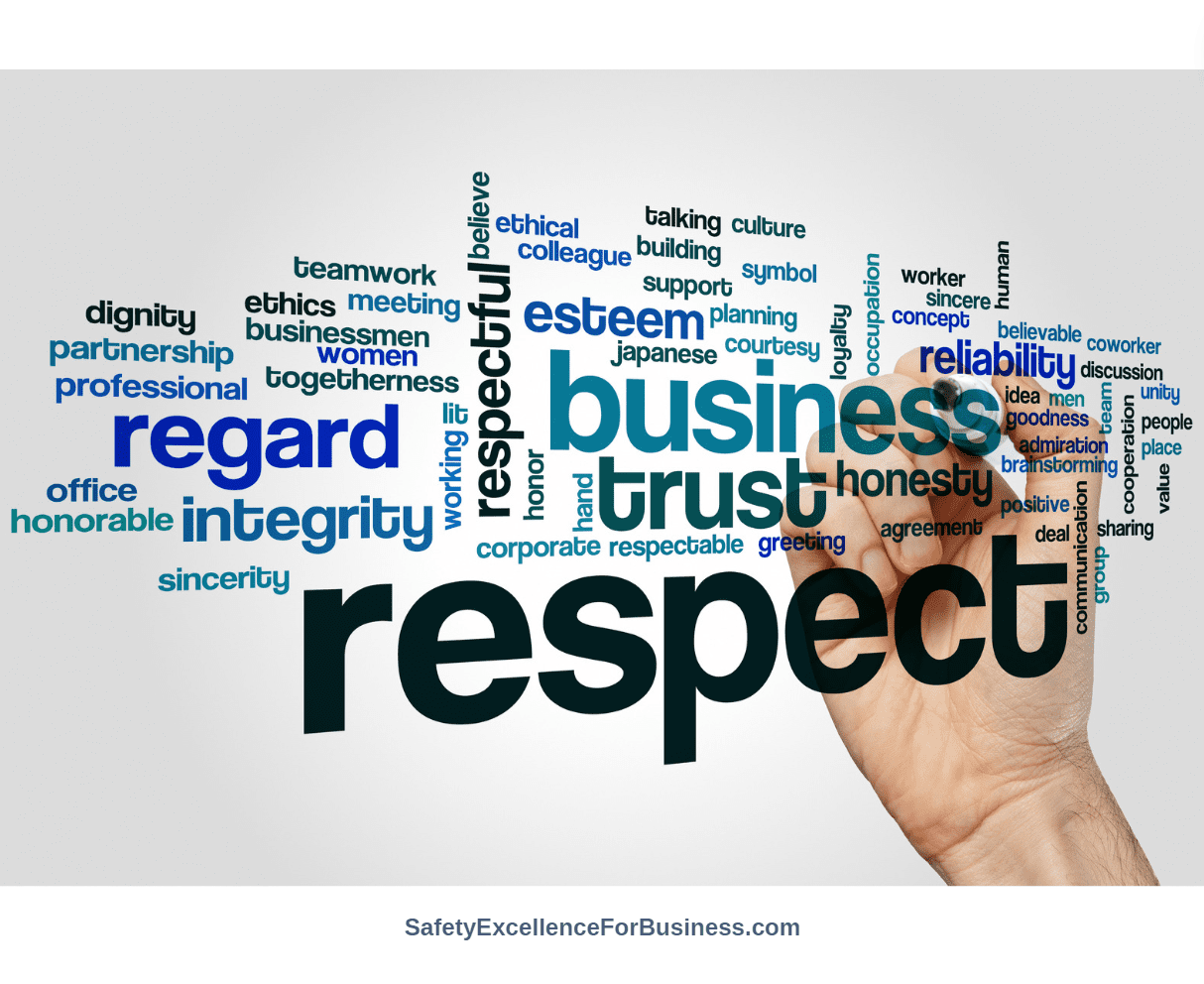
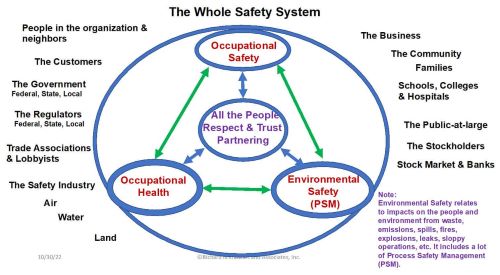
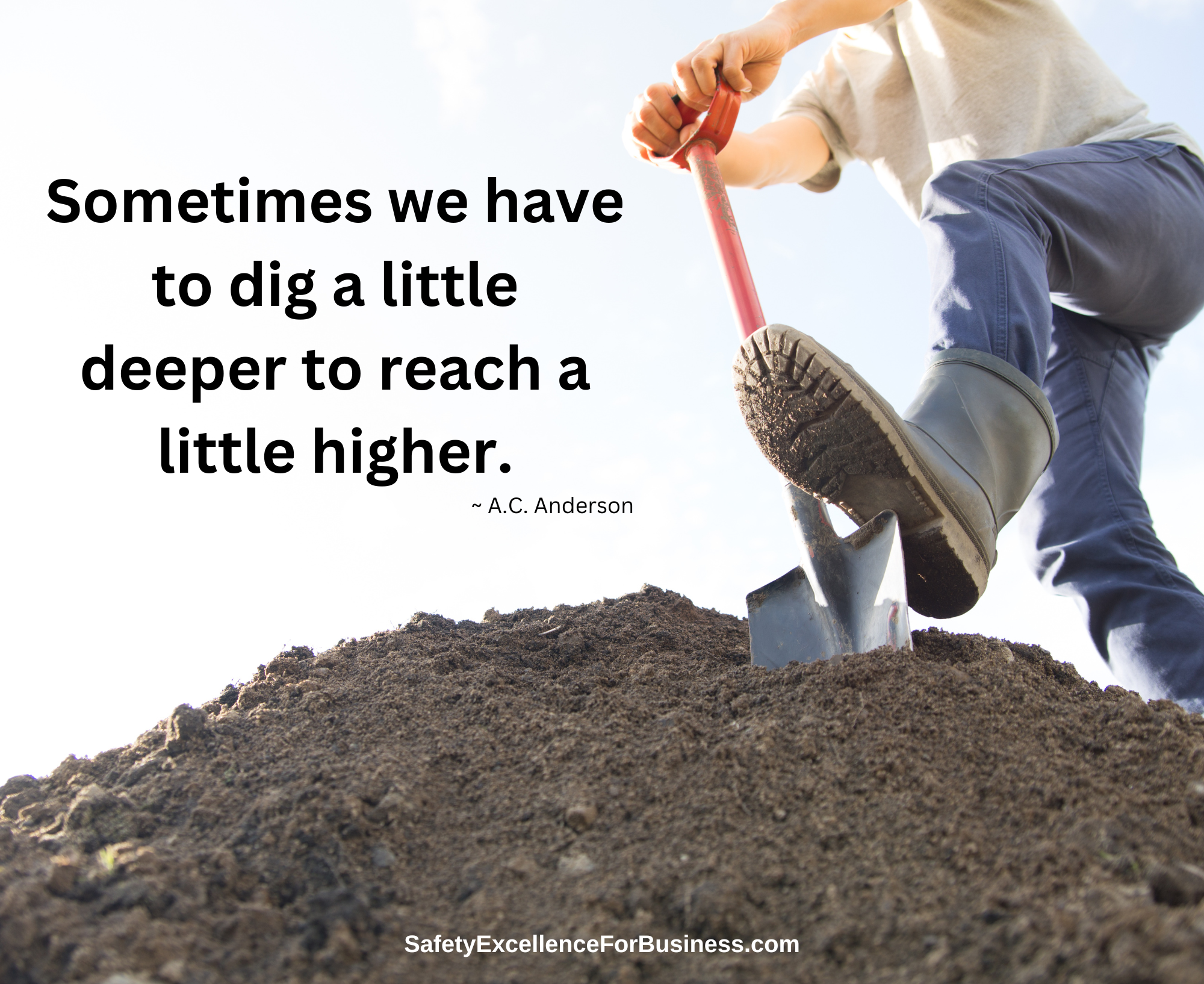
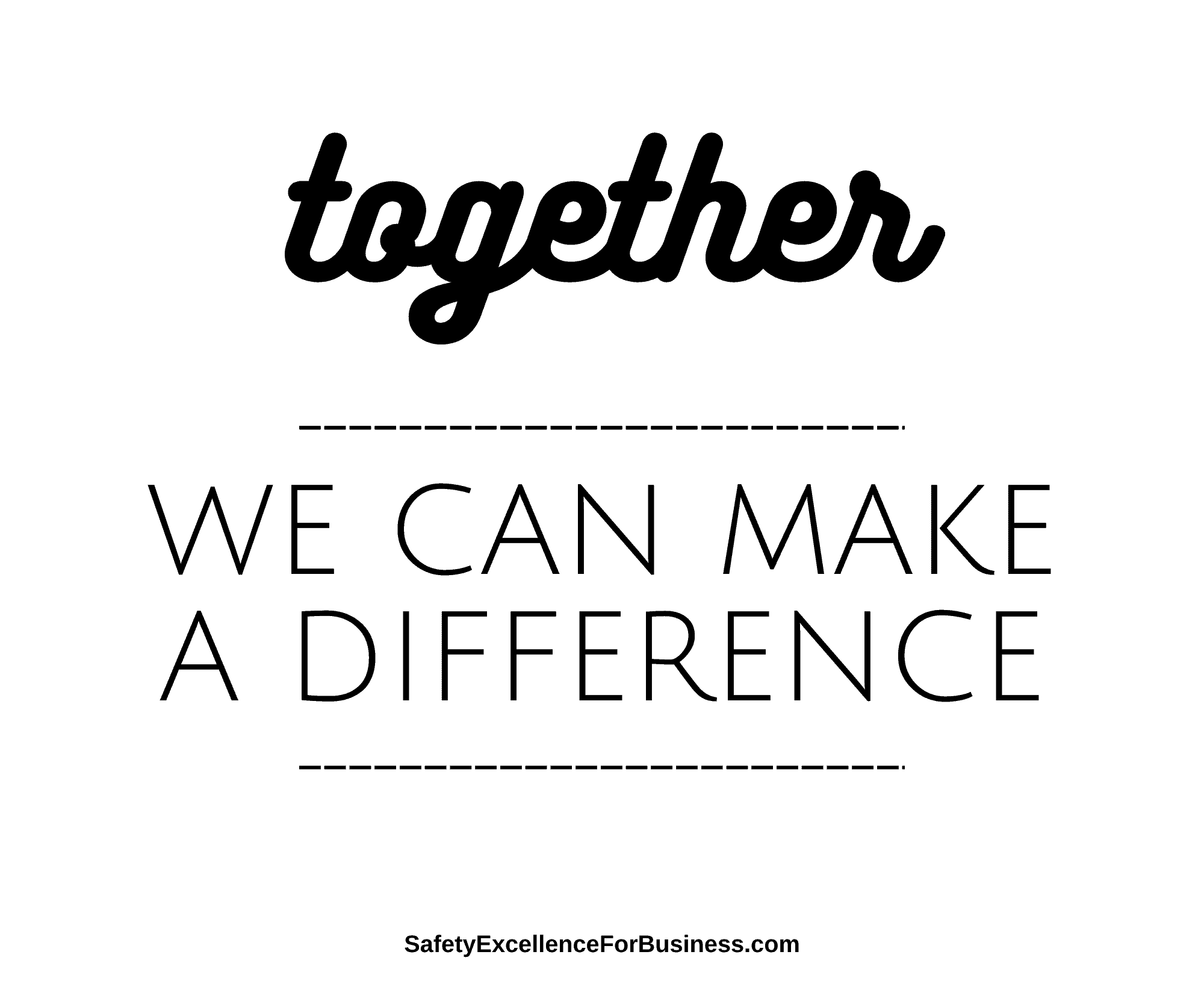
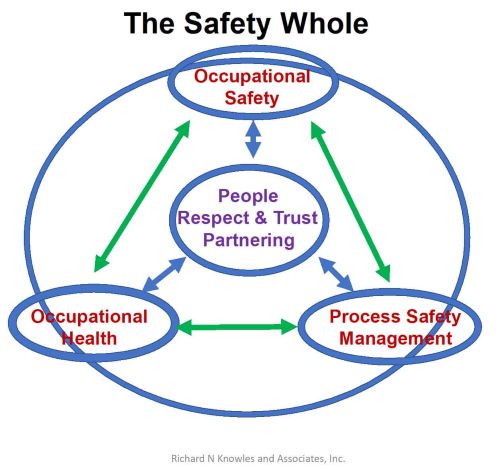

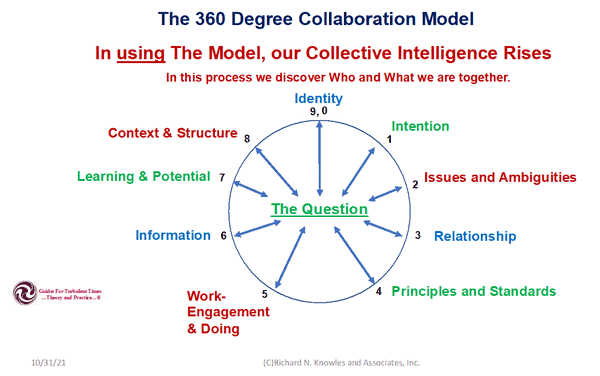
 The pain and suffering is miserable.
The pain and suffering is miserable.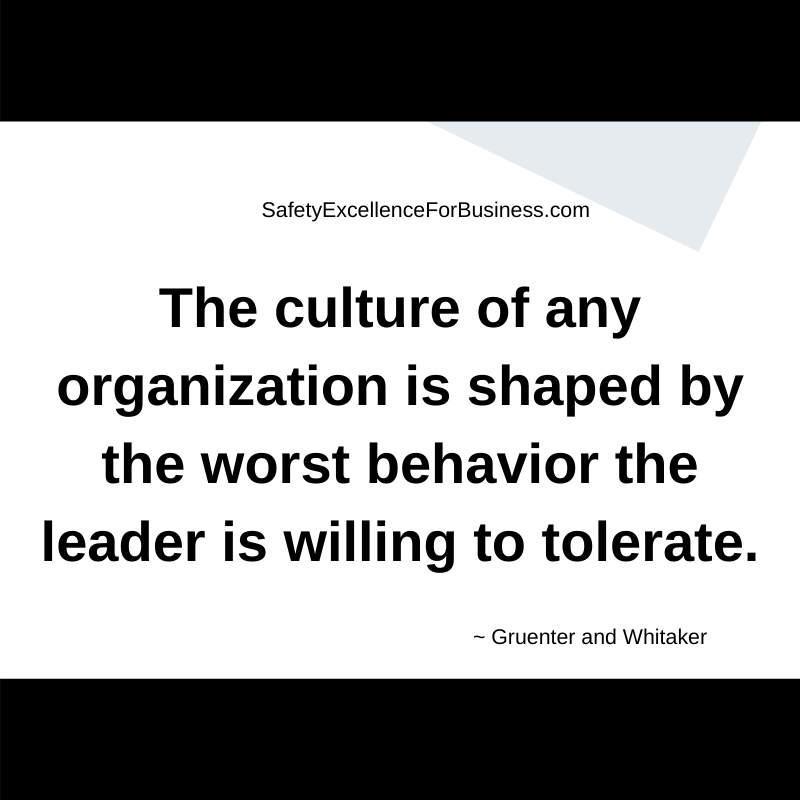 Changes are coming fast and furious. Everything seems to be changing all around us. This can cause unsettling feelings and a loss of control. However, in the middle of all this change, one area that can be steady for us is our relationships with each other.
Changes are coming fast and furious. Everything seems to be changing all around us. This can cause unsettling feelings and a loss of control. However, in the middle of all this change, one area that can be steady for us is our relationships with each other. Artificial intelligence and robots, block chains and bitcoins, the opioid epidemic, political strife, and workplace violence, international worries and potential conflicts are some of the challenges facing all of us. There is a critical need for people, in all walks of life, to come together to openly and honestly talk about our challenges, share our thinking and learn together. We do not have to be blindly swept along. We can make decisions and do the things that we need to do to help to make the world a better place.
Artificial intelligence and robots, block chains and bitcoins, the opioid epidemic, political strife, and workplace violence, international worries and potential conflicts are some of the challenges facing all of us. There is a critical need for people, in all walks of life, to come together to openly and honestly talk about our challenges, share our thinking and learn together. We do not have to be blindly swept along. We can make decisions and do the things that we need to do to help to make the world a better place.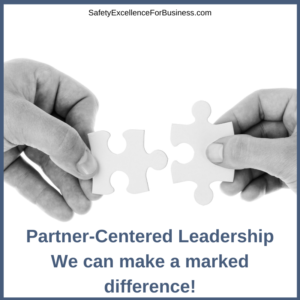 When I talk about safety. my thinking goes well beyond the traditional safety numbers, training and procedures. It includes ideas about respect and how everyone has agreed to work together. It includes ideas about personal responsibility, integrity and dedication to helping everyone improve. It includes openness, honesty and sharing information abundantly. It includes ideas about the deeper, often hidden patterns of behavior which have a profound impact on the work environment and drive much of the behavior. It includes the fact that the managers and leaders have the largest impact on their organization’s performance. It includes the understanding that managers focus on reliability, stability, predictability and control as they try to maintain the status quo and that leaders focus on the people, change and the future sharing information abundantly, treating people with respect and helping people find meaning in their work. Both good leaders and managers are needed.
When I talk about safety. my thinking goes well beyond the traditional safety numbers, training and procedures. It includes ideas about respect and how everyone has agreed to work together. It includes ideas about personal responsibility, integrity and dedication to helping everyone improve. It includes openness, honesty and sharing information abundantly. It includes ideas about the deeper, often hidden patterns of behavior which have a profound impact on the work environment and drive much of the behavior. It includes the fact that the managers and leaders have the largest impact on their organization’s performance. It includes the understanding that managers focus on reliability, stability, predictability and control as they try to maintain the status quo and that leaders focus on the people, change and the future sharing information abundantly, treating people with respect and helping people find meaning in their work. Both good leaders and managers are needed. One of the most effective things that I did in stressful and changing times like these was to follow these three rules:
One of the most effective things that I did in stressful and changing times like these was to follow these three rules: There are three important things that everyone needs to do to help to keep the safety performance and productivity high:
There are three important things that everyone needs to do to help to keep the safety performance and productivity high: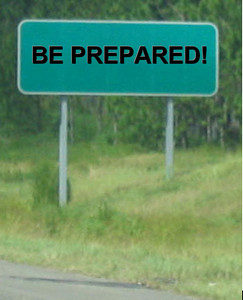 In your tool box meetings or shift start meetings, consider expanding your thinking to imagine how someone could get killed in work planned for the day. This is beyond what most groups do, but is an excellent way to prevent an unlikely tragedy. Talk together about how a fatality could happen. Even the most unlikely scenario will happen one day. Talk about what is in place that will prevent the fatality if the event should happen. Then ask yourselves if these preventative measures are good enough to really protect you. If not, then consider what you need to do so that you will be protected from being killed if the unlikely event should happen.
In your tool box meetings or shift start meetings, consider expanding your thinking to imagine how someone could get killed in work planned for the day. This is beyond what most groups do, but is an excellent way to prevent an unlikely tragedy. Talk together about how a fatality could happen. Even the most unlikely scenario will happen one day. Talk about what is in place that will prevent the fatality if the event should happen. Then ask yourselves if these preventative measures are good enough to really protect you. If not, then consider what you need to do so that you will be protected from being killed if the unlikely event should happen. Recognize Einstein’s Words of Wisdom: “Insanity is doing the same thing over and over again, but expecting different results.“
Recognize Einstein’s Words of Wisdom: “Insanity is doing the same thing over and over again, but expecting different results.“ The American Society for Safety Engineers (soon to be The American Society for Safety Professionals) in Denver, Colorado, on June 19-22, 2017, was attended by about 5,000 people. This was a record for attendance. There were lots of papers and a huge trade show exhibit. I never saw so much safety equipment and other offerings.
The American Society for Safety Engineers (soon to be The American Society for Safety Professionals) in Denver, Colorado, on June 19-22, 2017, was attended by about 5,000 people. This was a record for attendance. There were lots of papers and a huge trade show exhibit. I never saw so much safety equipment and other offerings.